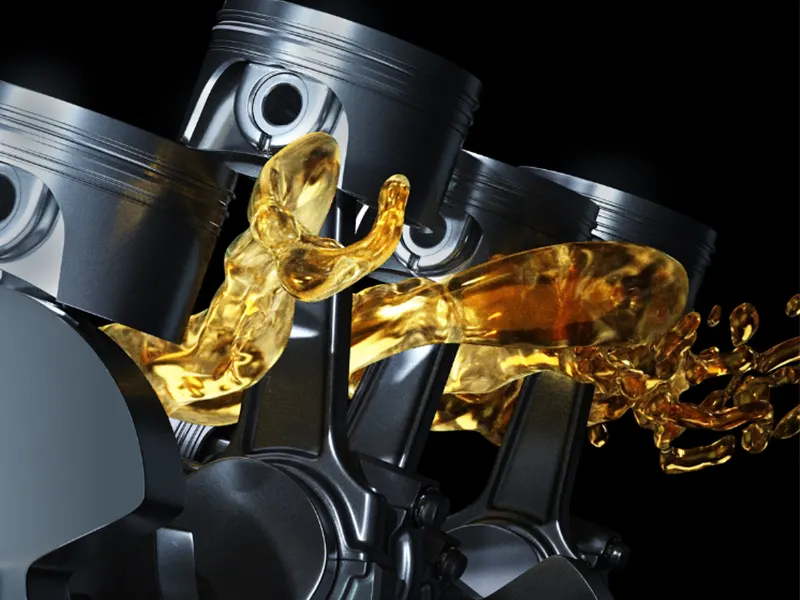Maintaining adequate oil pressure is crucial for proper lubrication and cooling of engine components. Insufficient pressure can lead to increased wear and potential engine damage over time.
Problem Explanation
Some Ford Fiesta models have reported issues with low engine oil pressure, often accompanied by an illuminated warning light on the dashboard. This indicates oil is not circulating through the engine effectively, which can cause a variety of problems if ignored.
Symptoms of Low Oil Pressure in Ford Fiesta
The most common symptoms of insufficient oil pressure in the Ford Fiesta include:
- An oil pressure warning light brightly glowing on the instrument cluster, alerting the driver of low pressure. This should not be ignored.
- Audible engine noises such as knocking, rattling or ticking during acceleration, indicating lack of lubrication.
- Noticeable loss of engine power and acceleration capacity due to increased mechanical resistance.
- Difficulty starting the engine or longer cranking times before the engine fires up.
Causes of Low Oil Pressure in Ford Fiesta
There are a few common reasons why a Ford Fiesta might experience low or inadequate oil pressure:
- Low engine oil level – An oil leak or recent oil change with incorrect oil amount/type can lead to low pressure. Oil burning from high mileage wear and tear also reduces oil capacity.
- Oil pump issues – A worn-out or faulty oil pump fails to maintain pressure. Clogged oil filters also restrict flow.
- Worn-out engine bearings – Excessive internal wear prevents oil from circulating freely.
- Oil pressure sensor problems – A bad sensor gives incorrect pressure readings. Damaged wiring also causes errors.
- Turbocharger problems – Specific to Fiesta models with Ecoboost engines. Turbo issues lower pressure.
- Engine damage – Compromised internal engine components hinder oil flow and loss of pressure.
Diagnosing Low Oil Pressure in Ford Fiesta
Low oil pressure can be accurately diagnosed in a Ford Fiesta by:
- Checking engine oil level and condition first. Discoloration can indicate leaks/burning.
- Thoroughly inspecting the engine bay for any visible oil leaks.
- Using a manual oil pressure gauge to measure actual real-time oil pressure across RPM range.
- Reading any diagnostic trouble codes stored in the engine computer related to the oil flow system.
These steps help determine the root cause – low oil level, leaks, worn parts, faulty sensor etc.
Repairing Low Oil Pressure in Ford Fiesta
Repairing low oil pressure requires addressing the specific cause identified from previous diagnosis:
- Top up engine oil to proper level if found to be low after inspection. Up to 1 quart oil may be needed.
- Seal oil leaks with replacement gaskets/seals. Significant leaks require further engine disassembly.
- Replace damaged oil pump, clogged filter or malfunctioning pressure sensor based on gauge measurements.
- Repair or replace turbocharger components if pressure only low during boost.
- Address damage to internal engine components – piston rings, bearings etc. This is costly and requires extensive rebuild work in most cases.
Further, using the manufacturer-recommended high-quality synthetic engine oil of proper viscosity, and adhering to routine oil change intervals (5,000-7,500 miles based on driving conditions) also helps restore healthy oil pressure over the long run.
Cost of repairing this issue
Repair costs can range widely depending on cause – from $200 for just adding oil, up to $4,000+ for major engine overhaul or rebuild. Replacing oil pump or turbocharger alone may cost $800-1,200 in labor and parts.
Preventing Low Oil Pressure in Ford Fiesta
Low oil pressure and associated engine wear can be minimized via:
- Regular oil changes using quality synthetic oils – every 5-7k miles.
- Checking oil level weekly to maintain fill between changes .
- Closely monitoring warning lights and unusual engine noises.
- Promptly diagnosing and addressing any noticeable leaks.

John Smith, a Los Angeles-based car specialist and automotive writer, boasts over 20 years in the industry. With a background as a master technician and a decade-long writing stint at notable automotive publications, John now shares his expansive knowledge on CarFinite, simplifying car maintenance for readers.

